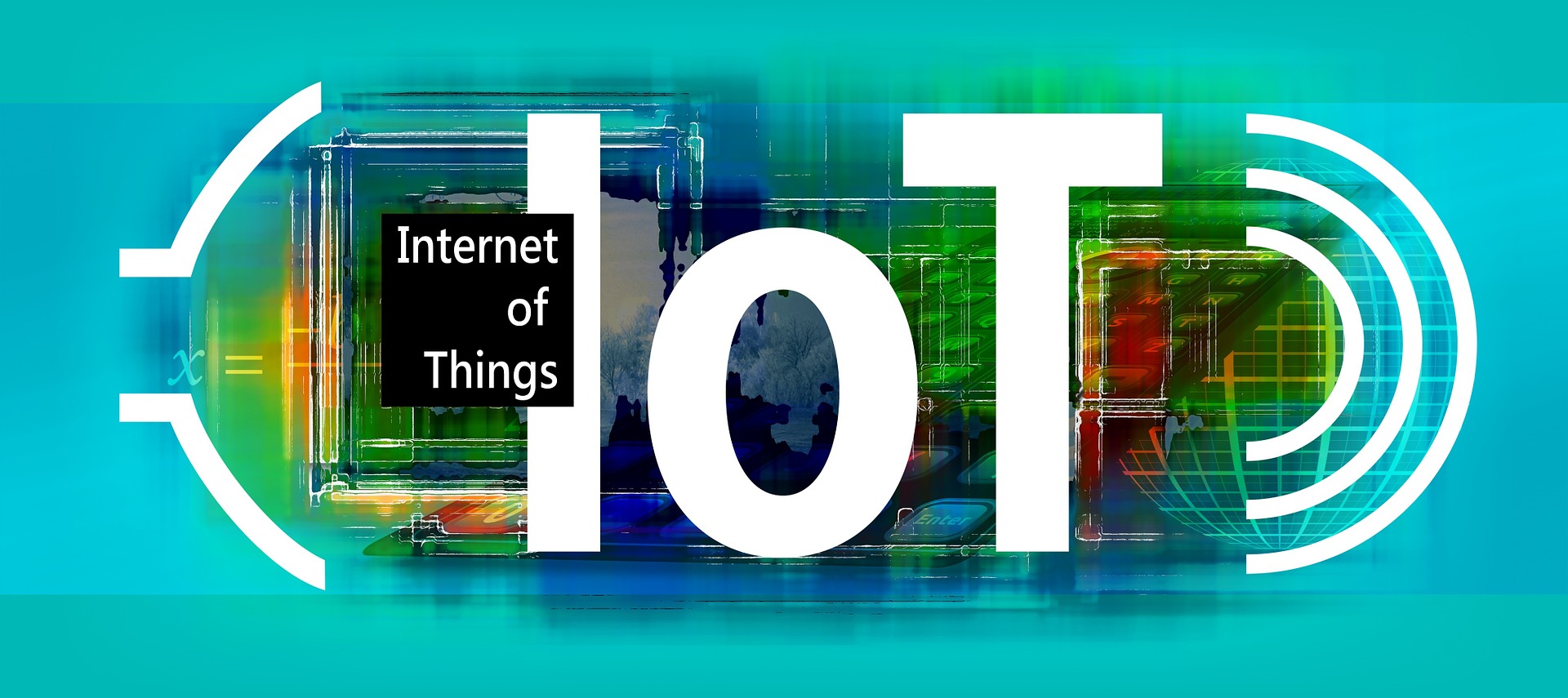Today, healthcare changes at a rapid pace. The development and implementation of the internet of things (IoT) are right around the corner, and the healthcare industry is only one industry among many that can see a shift toward the new technology.
According to IoT statistics, this industry alone will contribute up to $15 trillion to the global GDP by 2040. Approximately 75% of new cars will have IoT connectivity enabled in the future, and the business and manufacturing industry have invested the most in the IoT market. The healthcare industry won’t be left behind.
Let’s take a look at how the internet of things can change healthcare around the globe.
The IoT in Hospitals – Data Collection
The IoT can bring relief to medical workers because all the data they need will be continuously monitored and updated. Medical workers can access it at any time, which can speed up patient recovery. Furthermore, all the collected data can be transferred to a physician’s smartphone.
What’s even better is the real-time monitoring capabilities. This can be crucial with cases such as heart failure and asthma attacks. The following includes some of the data that IoT devices can track:
Blood pressure
Oxygen levels
Blood sugar levels
Weight
ECG
The assigned physician can access this data at any time or from any authorized device. The physician gets real-time data and can react accordingly.
With this solution, a patient can reach out to a doctor who might be miles away. Said doctor can assess the symptoms and, in some cases, work on identifying the issue without even seeing the patient.
Another work in progress is the idea of delivery chains—and machines that distribute drugs to patients via IoT-linked devices based on their prescriptions. When this becomes a live option, the cost of healthcare expenses will decrease.
The IoT’s Potential in Mental Health
Another great way to apply the IoT in healthcare is to help with mental health patients’ treatment. Many of these patients are looking for alternative ways to reach out to a mental health specialist.
In this case, the IoT can move frontiers with smart chatbots, such as Tess or Wysa. These bots are created with mental health issues in mind and work just like any other chat inbox. The bots are tested in hospitals and are presented as basic cognitive assistance to people who have a mental illness. They’re also connected to the internet and the user’s medical records.
Changes in Cancer Treatment
2018 saw the new ways cancer can be treated with the use of IoT technology. One clinical trial brought together 357 random patients to test out a Bluetooth-enabled weight scale and blood pressure cuff combined with a symptom-tracking app.
The CYCORE system was supposed to help physicians react quickly and treat any side effects that their patients had during the trial. The patients who used the system reported feeling less severe symptoms, both related to cancer and their treatment.
The Biggest Risk
Every new system has potential risks, and so does the IoT, especially in healthcare. The biggest one is data security since all the info is being transferred in real-time between devices. Unfortunately, many devices currently lack proper data protocols and standards, making them vulnerable to cybercriminals.
Summary
When we observe today’s healthcare, it’s clear that we may be approaching the moment when basic healthcare becomes out of reach for some patients. It’s only a matter of time when the healthcare industry moves away from its current state toward IoT solutions. Luckily, the IoT can be used to fill in the gaps, providing both healthcare providers and their patients with relief.



